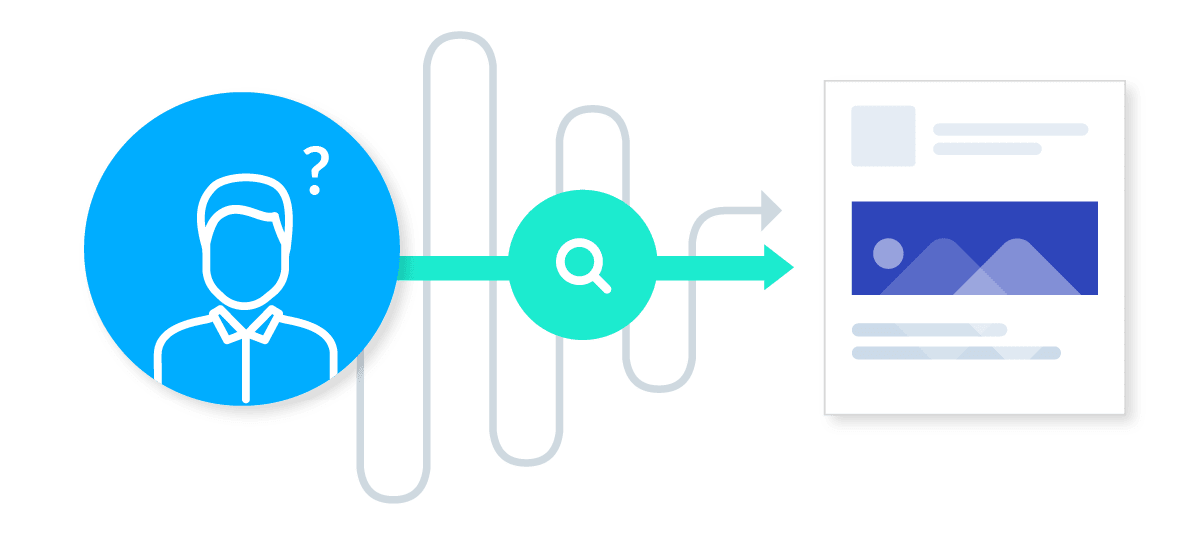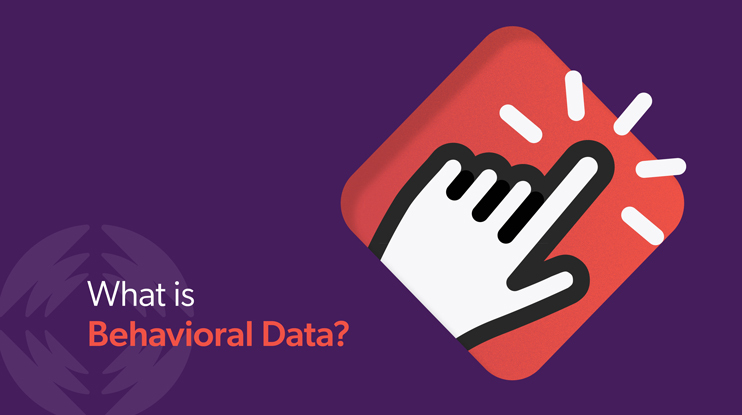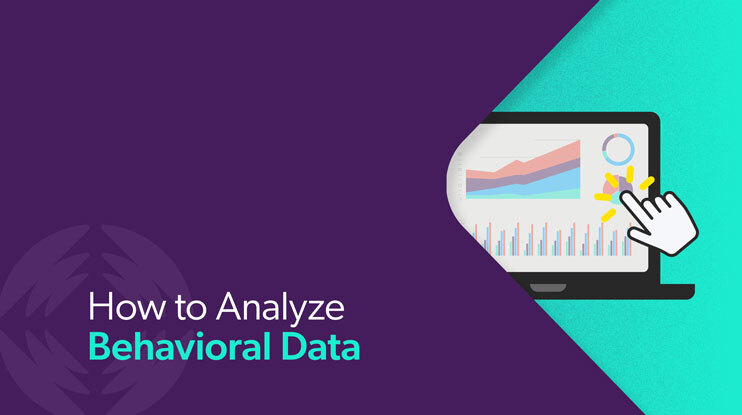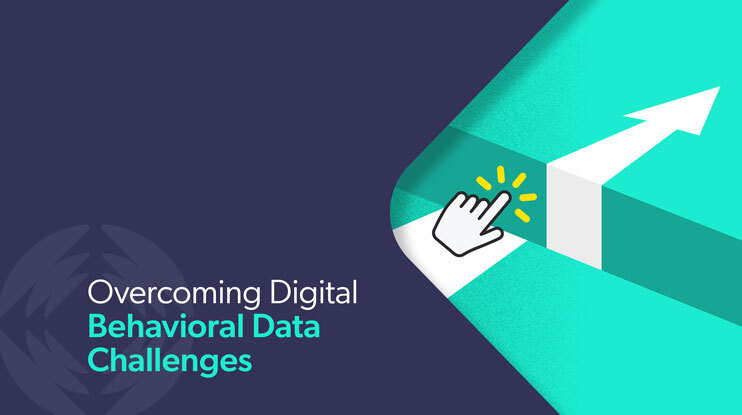User behavioral data, or what’s also referred to as consumer behavior or behavioral science, is generated by the things people do online. But that doesn’t really nail down what it is or what you can do with this kind of data.
Let’s put it another way. You know that feeling when you walk into your favorite café — you know, the one that makes the perfect latté every time? You ask for “the usual” and the barista knows exactly what to make, just the way you like it.
This, in essence, is personalized service created through analyzing and understanding customer behavior. The person behind the counter knows who you are, what your intent is, and how to get you what you need, just by observing you, listening to you, and interacting with you.
In other words, they’ve honed their expertise, picking up on the behavioral cues you’ve laid down to make their service more relevant.
So how can you take the same level of personalization that you get when you order your morning cuppa joe, digitally enable it, and scale it using the online behavior of thousands of customers — without hiring whole teams of data scientists to make those human-to-human connections?

Relevant Reading: 3 Ways GenAI Transforms Employee Experience
What Is Online Behavioral Data?
As stated above, user or online behavioral data (or what’s also referred to as consumer behavior or behavioral science) is generated by the things people do online — your audience’s online engagement with certain topics or activities.
What Does Behavioral Data Look Like?
In terms of your business, that could include user behavior such as:
- Clicking a link
- Entering a search query
- Reading an article
- Watching a video
- Making a selection
- Rating or liking an item
- Calling your customer service team for help
- Filling out a form
- Adding something to a cart
- Placing an order
- Interacting on social media
- Or responding to a marketing campaign
Whew! And this isn’t an exhaustive list.
In the search biz, we call each of these potential actions an “event.” In and of themselves, event properties describe the “what” of user behavior as they move through their user experience.
When stitched together across different touchpoints during one or several sessions, this behavior describes the customer journey that brought a user to a result. And when mapped with other kinds of data analytics, they help fill in the “why” or the user’s intent.
Intent — that word’s important, because the more accurately and quickly we can anticipate the intent of our customers, the more effectively we can deliver a relevant customer experience. And the more often we deliver a relevant customer journey to a user, the more likely they are to convert. A great customer experience also increases the chance of customer satisfaction along with long-term customer loyalty.

Customers Want You To Use Their Data
The big tech players know just how key a role behavioral analysis plays in this equation. Amazon, for example, tracks the items you view and purchase, along with those that others view and purchase, to create product recommendations (think “you may also be interested in…”).
Google runs analytics on your queries along with queries from others to help predict what you’re looking for in their search bar. And Netflix notes what you watch, so that it can recommend the shows you’re most likely to enjoy without asking you to browse through their extensive catalog.
Those examples are backed by the numbers. McKinsey points out that organizations that use behavioral data analytics enjoy 85% more sales growth than their peers, along with a boost of more than 25% in gross margin. Customers expect companies to have behavioral data, too, with over half expecting brands to know what their buying habits and preferences are to better anticipate their needs.
And with so many of us using services like these in the course of our everyday lives, it’s no wonder that 80% of consumers have come to expect this level of personalization that’s largely driven by the things we do.
Is Behavioral Data Personal Data?
Short answer: no, behavioral data is not exactly personal data. But we have more here on first-party and third-party data.

So what kind of data collection and analytics should we be doing if we’re going to meet customer expectations and reap the rewards that come with doing so?
First, it’s important to distinguish behavioral data from personal data or customer data.
Think of personal data as demographic or firmographic information that answers the question, “Who?” It’s the user properties you’d typically find in persona descriptions (and we have a few words to say about personas), such as location, age, education level, or job title.
While this kind of information can be useful, it doesn’t mean much on its own.
Take it from Todd Yellin, Netflix’s VP of Product:
“It really doesn’t matter if you are a 60-year-old woman or a 20-year-old man because a 20-year-old man can watch Say Yes To The Dress and a 60-year-old woman could watch Hellboy.”
Yellin’s getting at an important point: what people do — how they behave and what they interact with — will give you better business analytics on providing what they want. This impacts not only customer acquisition but also customer retention.
Some of the Most Common Sources of Behavioral Data
As it turns out, you can learn a lot about what customers want from sources like:
- Site or application navigation. Are customers finding what they’re looking for? Are they reaching their goals? Using behavior analytics to track the way they navigate your digital platforms can give you a more complete view of their individual experiences.
- Search queries. “Google is like a truth serum for our most personal thoughts,” quips American data scientist and author Seth Stephens-Davidowitz. The queries customers type into a search box can provide valuable information, in their own words, about what they’re looking for — actionable insights that people won’t disclose to even their closest family members or friends.
- Your customer service channels. Every customer interaction with your self-service portal, your on-site or in-app chatbot, or your customer service reps is a goldmine of behavioral segmentation data waiting to be unearthed.
- Shopping carts and purchase histories. Knowing which products each customer is most interested in purchasing — and knowing how other customers are purchasing as well — is the fuel that powers many recommendation engines.
- Ratings and reviews. Reviews and ratings are all about giving customers a voice. The content is critical information for your organization, but analyzing the interactions themselves can also tell you how their experiences — positive or negative — fit into their customer journey as a whole.
- Click-through rates. What digital marketing resonates most with your customers? And if you make this change here, and this tweak over there, will you see any changes in your results?
The lack of desired behaviors is, interestingly, also important in behavioral analytics. If customers aren’t doing the things you’d expect them to do, behavioral data can provide insight into where customers encounter barriers to conversion (or whatever your KPI may be).
How Can You Use Behavioral Data in Your Business?
You have all of this customer behavior data, but what might it look like in action? Let’s explore by looking at two similar customers searching for the same thing — say, a pair of shoes.
Behavioral Data Example
Customer A and Customer B are both female, both roughly the same age, and live in the same state. But while their demographic data may look similar, one receives a page with a selection of running shoes while the other sees a list of pumps.
Why the difference? Well, if we look through their past clicks — their behavioral data trail, if you will — we see that Customer A was browsing windbreakers prior to her search, while Customer B just added a designer purse to her cart. In other words, our fictional website served each one a personalized customer experience based primarily on her behavior through her user journey.
In fact, in a move akin to mind-reading, a great site search engine would be able to leap to this conclusion based on a couple of letters alone, and fill in the rest, improving customer satisfaction even for first-time visitors.
(Want a detailed breakdown of how this works? We’ve got you covered.)
Relevant Reading: Mind-reading as you type: how to provide personalized query suggestions to new shoppers
Behavioral Data Can Work for All Enterprises
Companies like Amazon and Netflix are success stories because they were early adopters of behavioral analysis. Because of this, they could provide more personalized, relevant experiences to their customers.
But that doesn’t mean it’s a strategy reserved only for big tech with robust data science teams.
With artificial intelligence and machine learning infusing everything from our websites to our toasters, investing in an analytics tool for data collection and behavioral insights can help make delivering a personalized experience an achievable (and inexpensive) goal for companies of all sizes, in all sectors.
Meaning you, too, can get started learning what your customers’ “the usual” is and deliver it more quickly each time. How? We’ll discuss that in our next article in this series, 5 Tips for Using Behavioral Data to Achieve Relevance.
Dig Deeper
Want to see how companies are already successfully using behavioral data in real life? See how Caleres, Formica, and Life Extension are giving their customers data-driven, real-time personalization in our Guide to Delivering Intelligent Shopping Experiences.




